Clarksville, IN
River Mile: 605
Population: 22,333
U.S. Census Profile
Humans have long inhabited the area around the Falls of the Ohio, a busy crossing for wildlife and a natural center of trade for a succession of Native American peoples over the centuries. The European-American era for what became Clarksville began in 1778, when George Rogers Clark founded a post on an island at the head of the Falls, on which he trained his 175-man regiment to fight in the American Revolution. In 1783, 1,000 acres of a vast tract of land granted to Clark were set aside for the development of the town of Clarksville. In October of 1803, George Rogers Clark’s younger brother William and fellow explorer Meriwether Lewis departed from Clarksville to start the Lewis and Clark Expedition to the Pacific—a moment commemorated in a statue at the Falls of the two men shaking hands.
The town struggled in the early 1800s as efforts failed to build a canal on the Indiana side around the Falls—the only obstacle to navigation on the Ohio River between Pittsburgh and New Orleans. Louisville won the race to build such a canal in 1828, sealing the Kentucky city’s dominance. Clarksville did retain pre-eminence in one field: dueling. Kentucky’s anti-dueling laws drove rivals, including Henry Clay and Humphrey Marshall, across the river. Along with most cities in the Ohio Valley, Clarksville was hit hard by the Great Flood of 1937, which submerged the entire town by as much as 12 feet, forcing a complete rebuilding. The town’s population ballooned thanks to the housing and industrial boom during and after WWII, and the town expanded north by annexing several suburbs. More recently, the town has become a shopping hub for southern Indiana, and plans are underway to transform the southern portion of Clarksville with mixed-use developments, and the massive, nascent Origin Park.

